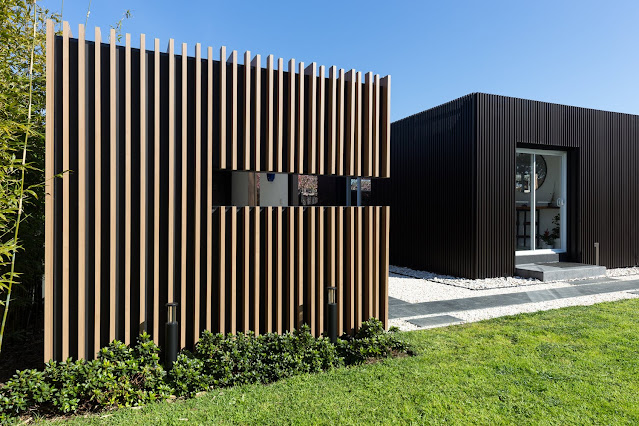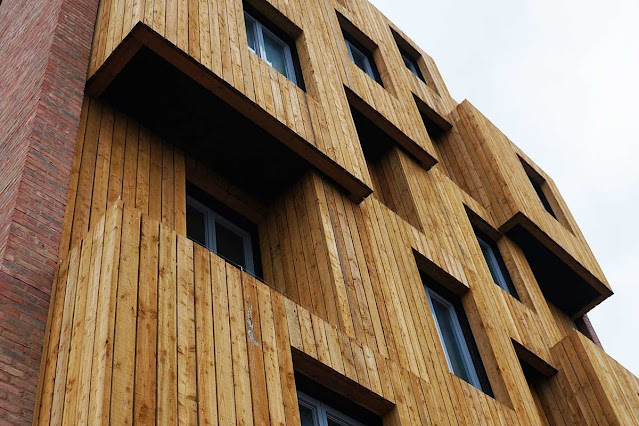Concrete Roof Tiles: Their Benefits and Drawbacks
There are several pitched roofing options on the market today. Concrete tiles, clay tiles, slate, and shingles are some of the options. Our comprehensive roofing cost guide breaks down the costs of each material so you can make a better educated decision. In the year 2021, Concrete tiles are an excellent material to use for your roof. They're popular because of their adaptability, since they come in a variety of forms, colours, and patterns. They, too, can survive a long period. Is concrete, on the other hand, the appropriate material for your sloped roof? To assist you in making your decision, we have compiled a summary of its benefits and drawbacks.
Concrete tiles require little upkeep. Concrete is extremely durable and difficult to damage, so you're unlikely to need to do any repairs. The most common type of care required for concrete tiles is periodic cleaning to remove moss and mildew. Concrete tiles stay a long time. They may endure for over 50 years if properly put up and kept. Concrete tiles are resistant to fire. This will help to minimise the damage that a fire can inflict to your home. Concrete tiles are quite adaptable. They come in a variety of forms and colours. Concrete tiles are used by many property owners to create stunning multi-colored patterns on their roofs. Concrete tiles can be created to seem like wood, slate, or shingle, among other materials. Concrete tiles are rather environmentally friendly. Because concrete is made of natural components, this is true.
Concrete is ecologically beneficial since its components do not require environmentally destructive factory manufacture, despite the fact that it is not biodegradable. The weight of concrete tiles is considerable. So, before you install them, make sure your roofing system is capable of supporting them. Roofing systems are frequently need to be strengthened prior to the installation of concrete tiles. Concrete tiles can easily broken. Heavy hail or trees falling on them can break them, despite how tough and difficult they are to harm. If you stand on them or if they fall off your roof, they will also break. Weathering is a problem with concrete tiles. Large volumes of rain can have an influence on them, despite how tough they are. Concrete tiles may absorb water, resulting in the formation of stains, moss, and mildew.
Concrete tiles and Fire rated cladding aren't completely windproof. Despite their superior wind resistance compared to conventional roofing materials, they can still be blown away in heavy gusts. So now you have a better understanding of concrete tiles and whether or not they are the ideal option for you and your roof. You may go through our network of local roofers who will utilise concrete tiles to find a roofing professional to create your new concrete tile roof. If you're not ready yet, have a look at our information on clay tiles, slate, and shingles to learn more about different pitched roof materials.



Comments
Post a Comment